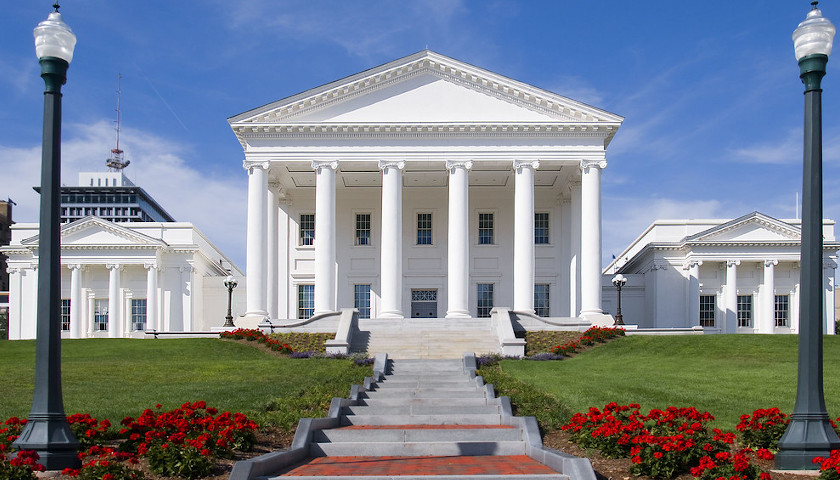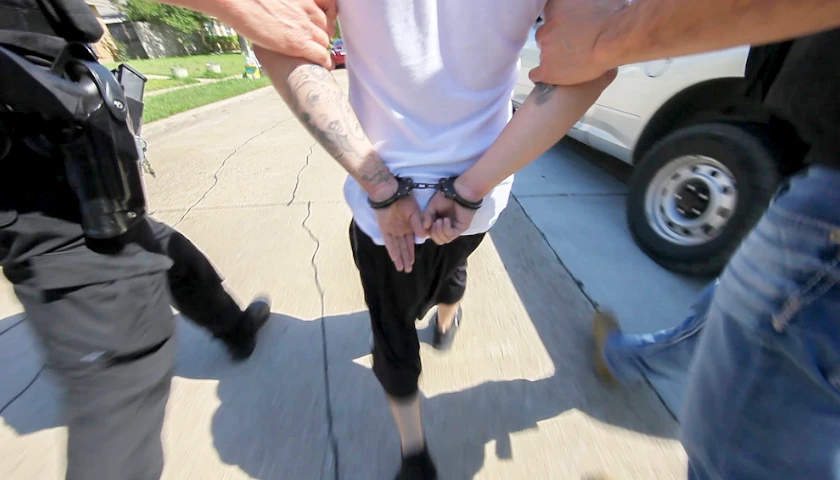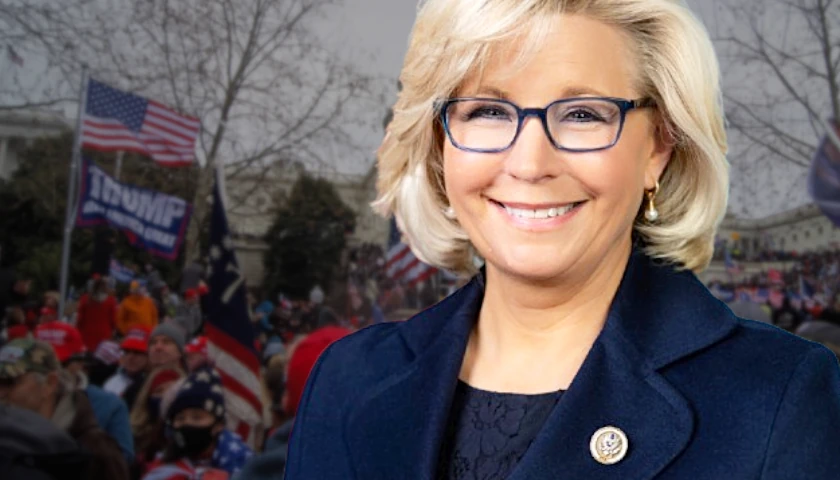The 2020 election outcomes revealed a telling political trajectory occurring in Virginia and the nation. Final tallies indicated that Republicans’ future chances of winning in the state may be ever-slimming. A consistent theme across the board – Republicans fell short with the unprecedented number of absentee voters.
Although Republicans increased their presidential vote totals from 2016 by about 185,000, Democrats increased their votes by nearly 400,000. In every election since 2008, Democratic candidates had only enjoyed about a 10,000 vote increase per year.
This year, minor party presidential vote totals decreased from about 232,000 to just shy of 70,000 – likely due to the pandemic shutdowns. Prior to this year, votes for minor parties had increased consistently after a significant drop-off in 2004. By comparison, Virginia’s minor party voters in 2016 had risen closer to their 369,000 peak in the 1992 presidential election.
With the expansion of mail-in voting and extended early voting, absentee votes reached an all-time high – over 2.8 million. This reality bolstered Democratic candidates’ chances of winning, despite pre-election rallying cries of voter suppression and insistence that neither party benefits more from mail-in voting. Biden had a 26 percent higher amount of mail-in ballots than did Trump in Virginia, and a national lead for mail-in ballots returned by over 7 million Democratic voters. In the past several months, there have been incidents threatening voter fraud such as voters receiving duplicate ballots.
Where Trump had won over certain regions in 2016, this year Biden led by up to double the points in those same places. The Democrat earned a 7.6 point lead in Virginia Beach, 6.2 in Chesapeake, 5.9 in Chesterfield County, 4.7 in James City, 3.3 in Stafford County, and 2 in Lynchburg.
Biden won the state by about 10 points this year. In 2016, Hillary Clinton won by about 5 points; in 2008 and 2012 Barack Obama won by about 6 and 4 points, respectively.
U.S. Senate voter maps over the last few elections are mixed.
While Senator Mark Warren (D-VA) enjoyed a statewide 31.3 lead in 2008 after John Warner retired, he barely scraped by with less than a point in 2014. Between those two elections, more populated areas – including Virginia Beach and Loudoun County – as well as small counties flipped from blue to red. This year, however, all of those areas flipped back to blue.
Senator Tim Kaine (D-VA) more than doubled his statewide leads in his last two races. Kaine won by 5.9 points in 2012, then by 16 points in 2018. Many of the red counties softened to pink, and several flipped to or deepened blue.
The U.S. House voter maps show definite flips from 2016 to 2020. These changes appear to reflect the spreading influence of bordering blue counties and cities.
District 2 turned up 23 point leads for Republicans in 2016, flipped to Democrats by 2 points in 2018 and increased to over 5 points this year. A similar trend occurred with District 7. Republicans led by over 15 points in 2016, lost to Democrats by 2 points in 2018 and over 1 point this year. And in District 10, Republicans led by nearly 6 points in 2016, lost to Democrats by over 12 points in 2018 and then by 13 points this year. Republican leads in District 5 have slimmed since 2016, while Districts 1 and 6 have remained fairly consistent.
These are a lot of numbers to keep in mind. Simply put, the numbers signify Virginia is becoming more blue, and expanded voting methods have only expedited that trend. A Republican platform didn’t appeal to the absentee voter majority – and it appears that cost them the election.
– – –
Corinne Murdock is a reporter at The Virginia Star and the Star News Network. Follow her latest on Twitter, or email tips to [email protected].
Photo “Virginia State Capitol” by Ron Cogswell. CC BY 2.0.




